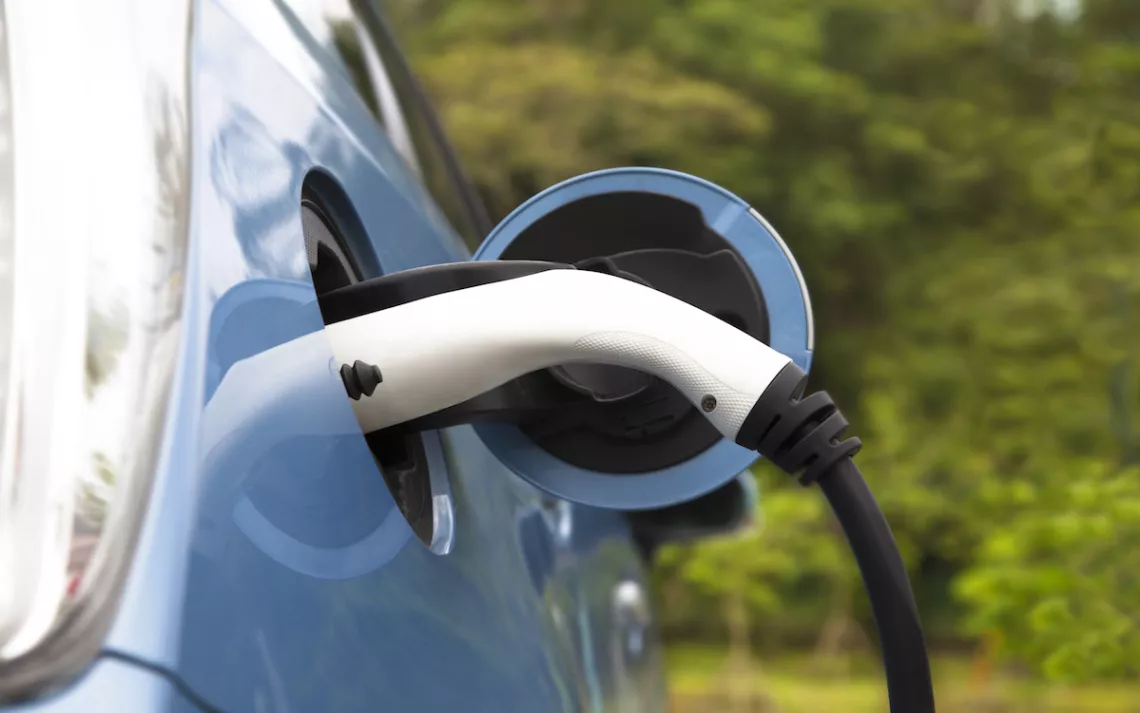Hey Mr. Green! What's Greener, an EV or My Geo Metro?
Mr. Green charges up with the answer

Photo by Tomwang112
Q: I drive a 20-year-old Geo Metro with 100,000 miles that gets 40 miles per gallon. I am considering purchasing a new Chevy Bolt. We have photovoltaic panels on our roof and would add to our array to charge a car. Is it greener to go all-electric or stay with the Metro till death do us part?
—Claire in Eureka, California
A: Don’t wait till death doth you part. Your Geo Metro, despite its laudable efficiency, still emits around 2,400 pounds of carbon dioxide for every 5,000 miles it travels. Even if you didn’t install solar and just bought the juice from the utility company, a Bolt would only be responsible for about 880 pounds of global warming gas from the electricity it would need to go the same distance in California. With solar power, your car emissions will drop to near zero.
OK, that sounds virtuous, but what about the emissions caused simply by manufacturing a new car and its batteries? A vehicle like the Bolt, with its long range of almost 240 miles per charge, requires more energy to make its batteries than lower-range EVs, but even so, you’ll make up for the emissions produced from manufacturing it after it goes around 45,000 miles. From that point on, you’ll be driving emissions-free for thousands of miles. Manufacturing an EV with a shorter range of around 85 to 90 miles generates less CO2 and costs less, so if most of your trips are short, it might be better to buy an EV with a shorter range. The Sierra Club offers an online EV guide with information about the plug-in marketplace: sierraclub.org/evguide. Whatever your choice, you will ultimately spare the air tens of thousands of pounds of emissions.
Plus, there’s a hidden moral and environmental bonus: Trade in your car, and when somebody buys it to replace a 20-mile-per-gallon clunker, they will be emitting thousands of pounds less in your good ol’ Geo Metro.
 The Magazine of The Sierra Club
The Magazine of The Sierra Club







